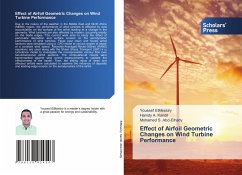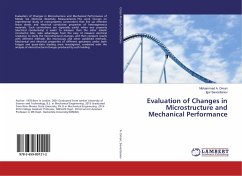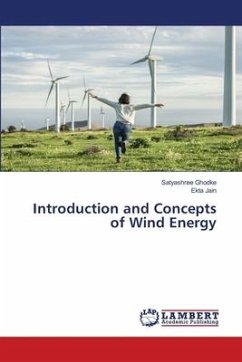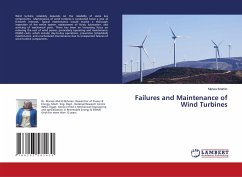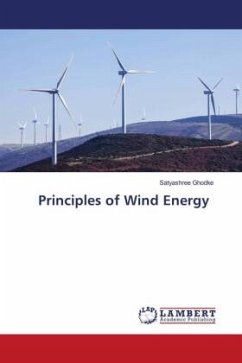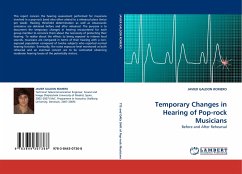Due to the nature of the weather in the Middle East and North Africa (MENA) region, the performance of wind turbines is affected by dust accumulation on the surface of the airfoil leading to a change in the geometry. Wind turbines are also affected by erosion, occurring mostly on the blade edges. The current work aims to study the effect of particulate deposition and surface erosion on the aerodynamic performance of wind turbines. Flows past clean and fouled airfoil sections were simulated using a CFD model at various angles of attack at a constant wind speed. Reynolds-Averaged-Navier-Stokes (RANS) equations are used along with the Shear Stress Transport (SST) k turbulence model to investigate the incompressible viscous flow over two-dimensional airfoil sections. The computational results were benchmarked against wind tunnel measurements to validate the effectiveness of the model. Then, the sliding ratios of clean and affected airfoils were calculated to examine the influence of deposits and leading-edge erosion on the aerodynamics of the airfoil.
Bitte wählen Sie Ihr Anliegen aus.
Rechnungen
Retourenschein anfordern
Bestellstatus
Storno

